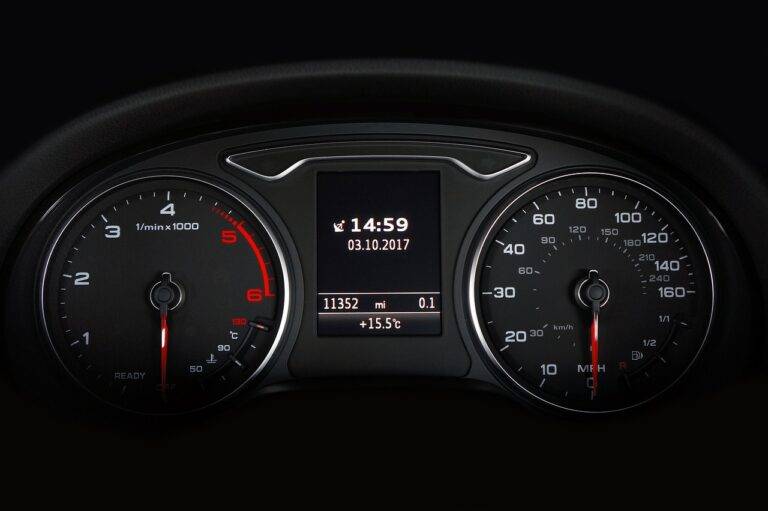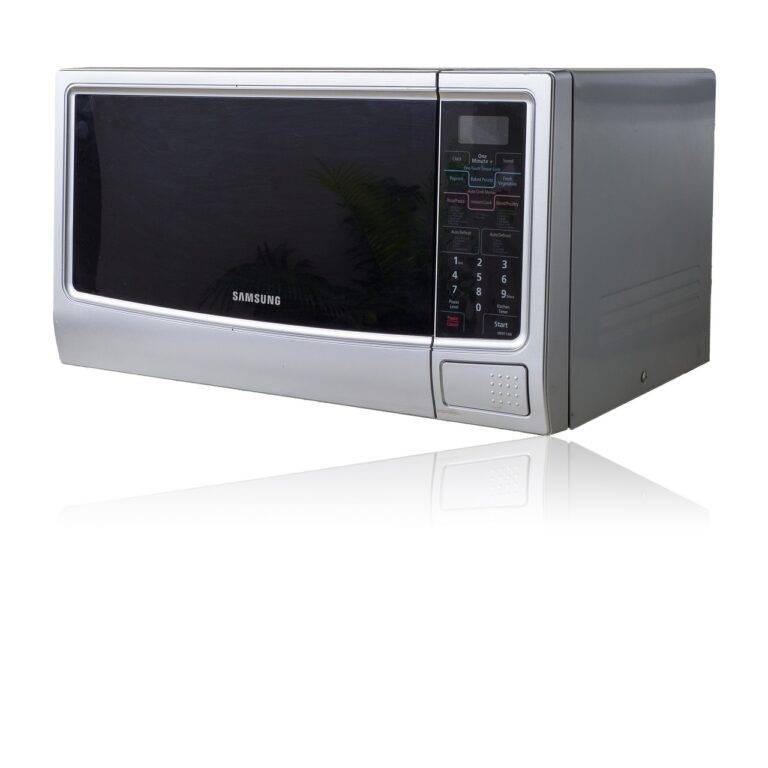The Internet of Things: Connecting Our World
The Internet of Things (IoT) is a network of interconnected devices that communicate with each other, exchange data, and perform actions without the need for human intervention. This revolutionary concept is transforming the way we live, work, and interact with the world around us. From smart homes and wearable devices to industrial automation and smart cities, the Internet of Things is connecting our world in ways we never thought possible.
The Origins of IoT
The idea of connecting devices and enabling them to communicate with each other dates back to the early 1980s, with the concept of a “smart” or “intelligent” home. However, it wasn’t until the early 2000s that the term “Internet of Things” was coined by Kevin Ashton, a British technology pioneer.
Key Components of IoT
There are three key components that make up the Internet of Things: devices, connectivity, and data. Devices are the physical objects that are connected to the internet, such as sensors, actuators, and smart appliances. Connectivity refers to the network that allows these devices to communicate with each other and with the cloud. Data is the information collected and analyzed by these devices, which can be used to make informed decisions and automate processes.
Applications of IoT
IoT technology is being utilized in a wide range of industries and applications, including healthcare, transportation, agriculture, retail, and more. In the healthcare sector, IoT devices are being used to monitor patients’ vital signs remotely, track medication adherence, and improve the efficiency of healthcare delivery. In transportation, IoT-enabled sensors are being used to optimize traffic flow, improve vehicle safety, and reduce emissions.
Challenges and Opportunities
While the Internet of Things offers tremendous potential for innovation and efficiency, it also presents challenges in terms of privacy, security, and interoperability. As more devices become connected to the internet, the risk of cyber attacks and data breaches increases. Additionally, ensuring compatibility and seamless integration between different IoT platforms and devices can be a complex and daunting task.
The Future of IoT
Despite these challenges, the future of the Internet of Things looks bright. As technology continues to advance and as more devices become connected, we can expect to see further innovation and transformation across a wide range of industries. From smart cities and autonomous vehicles to personalized healthcare and precision agriculture, the possibilities are endless.
Conclusion
The Internet of Things is revolutionizing the way we live, work, and interact with the world around us. By connecting devices and enabling them to communicate and collaborate, IoT technology is unlocking new possibilities and driving innovation across various industries. While challenges exist, the opportunities presented by IoT are vast and promising. As we continue to embrace this interconnected future, we can look forward to a more efficient, sustainable, and connected world.
FAQs
1. What is the Internet of Things?
The Internet of Things is a network of interconnected devices that communicate with each other, exchange data, and perform actions without the need for human intervention.
2. How does IoT technology work?
IoT technology works by connecting devices to the internet and allowing them to communicate with each other and with the cloud. Data collected by these devices can be analyzed to make informed decisions and automate processes.
3. What are the key components of IoT?
The key components of IoT are devices, connectivity, and data. Devices are the physical objects connected to the internet, connectivity allows these devices to communicate, and data is the information collected and analyzed by these devices.
4. What are some applications of IoT technology?
IoT technology is being used in healthcare, transportation, agriculture, retail, and more. In healthcare, IoT devices are used to monitor patients’ vital signs remotely and improve the efficiency of healthcare delivery. In transportation, IoT sensors optimize traffic flow and improve vehicle safety.
5. What are the challenges of the Internet of Things?
Challenges of the Internet of Things include privacy, security, and interoperability issues. As more devices become connected, the risk of cyber attacks and data breaches increases. Ensuring compatibility between different IoT platforms and devices can also be complex.
6. What does the future hold for IoT?
The future of IoT looks promising, with further innovation and transformation expected across various industries. From smart cities and autonomous vehicles to personalized healthcare and precision agriculture, the possibilities are endless as technology continues to advance.





